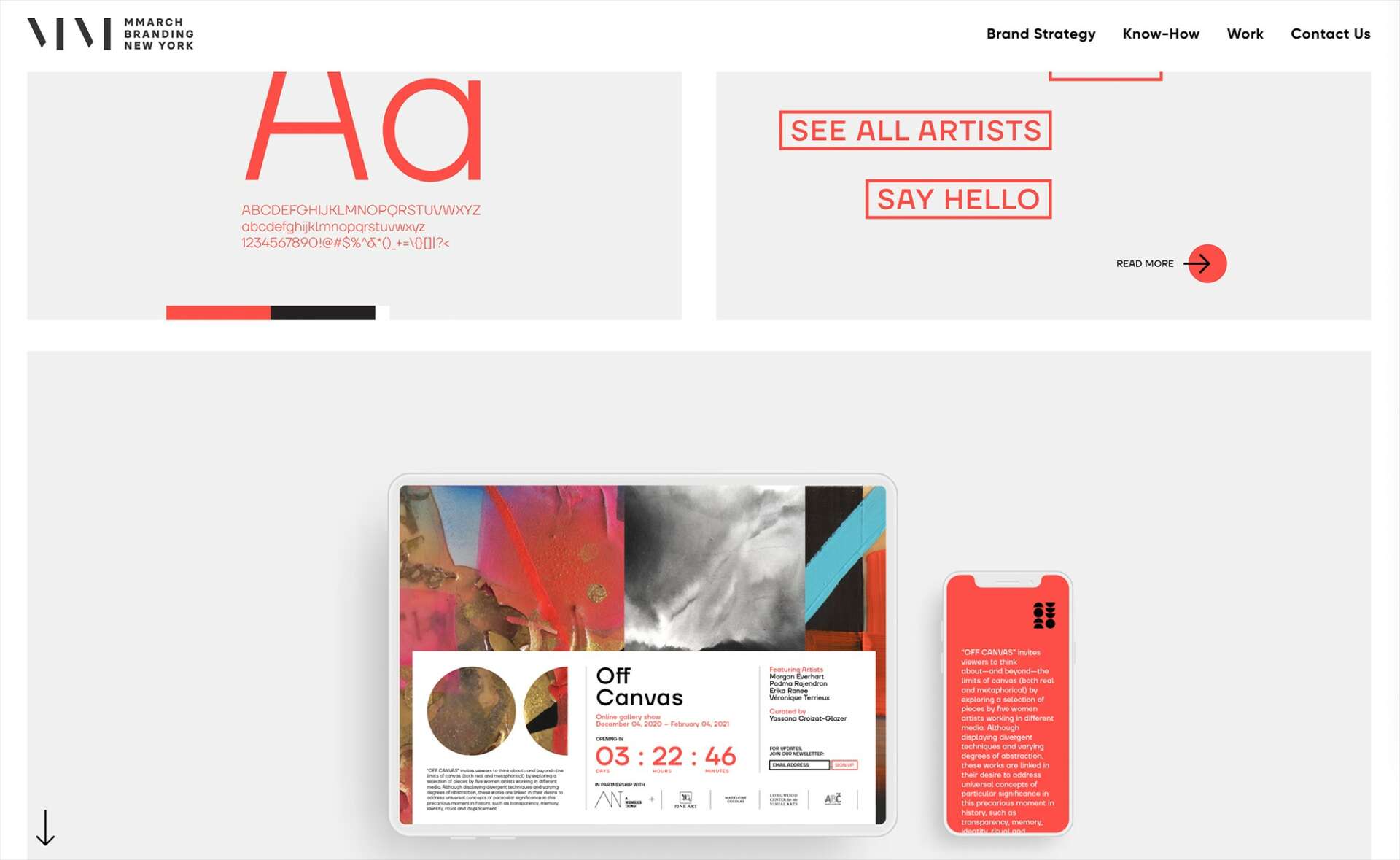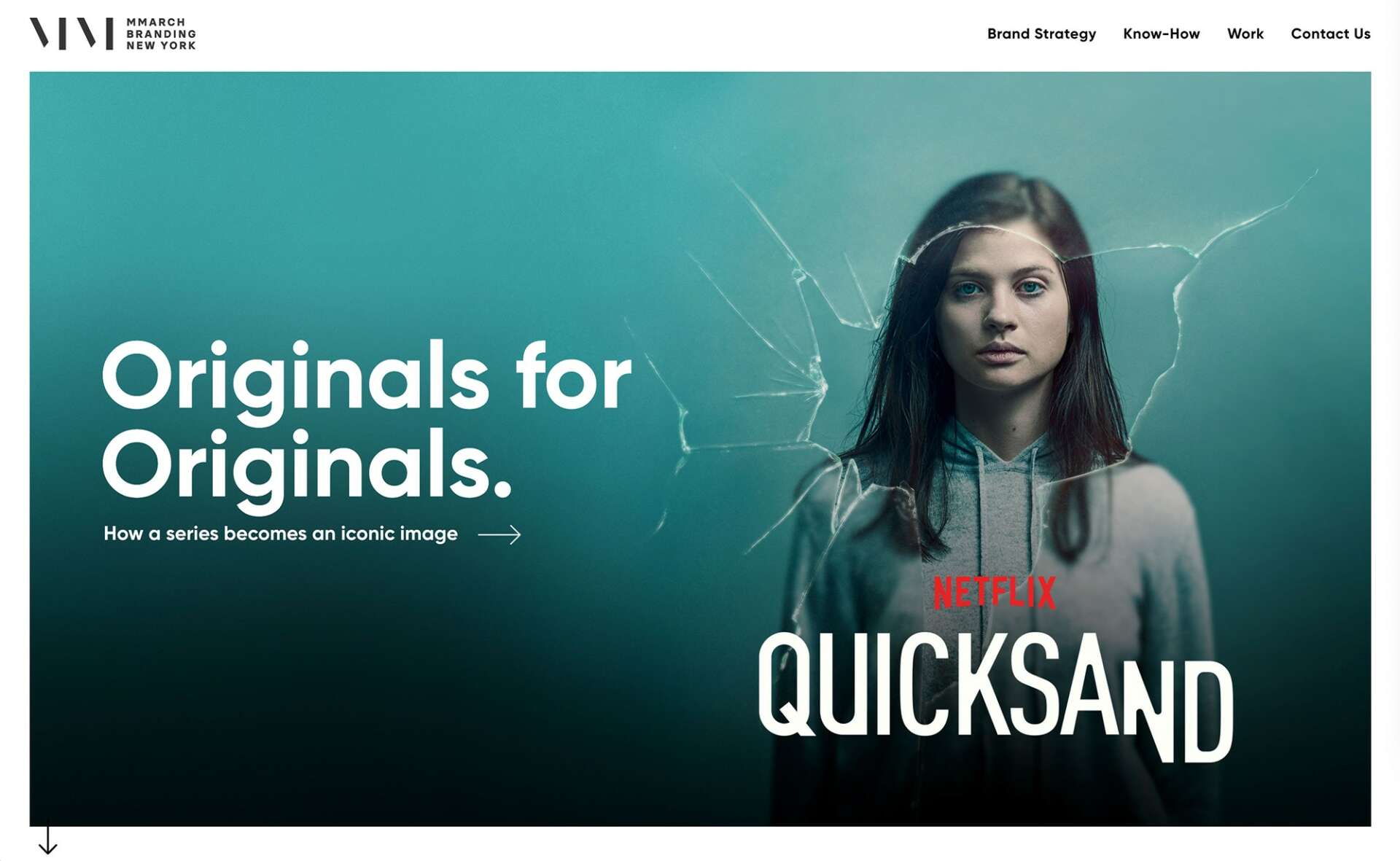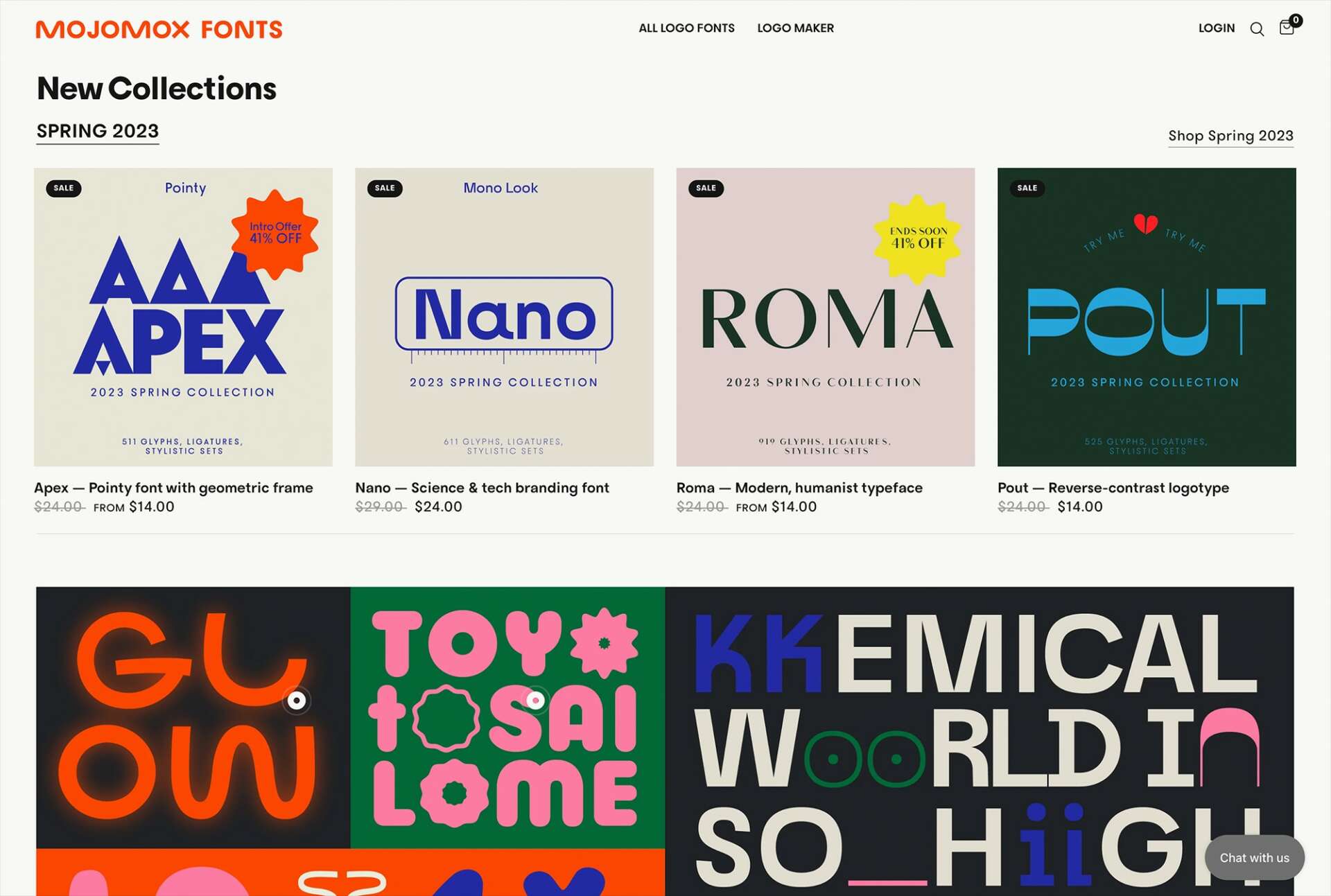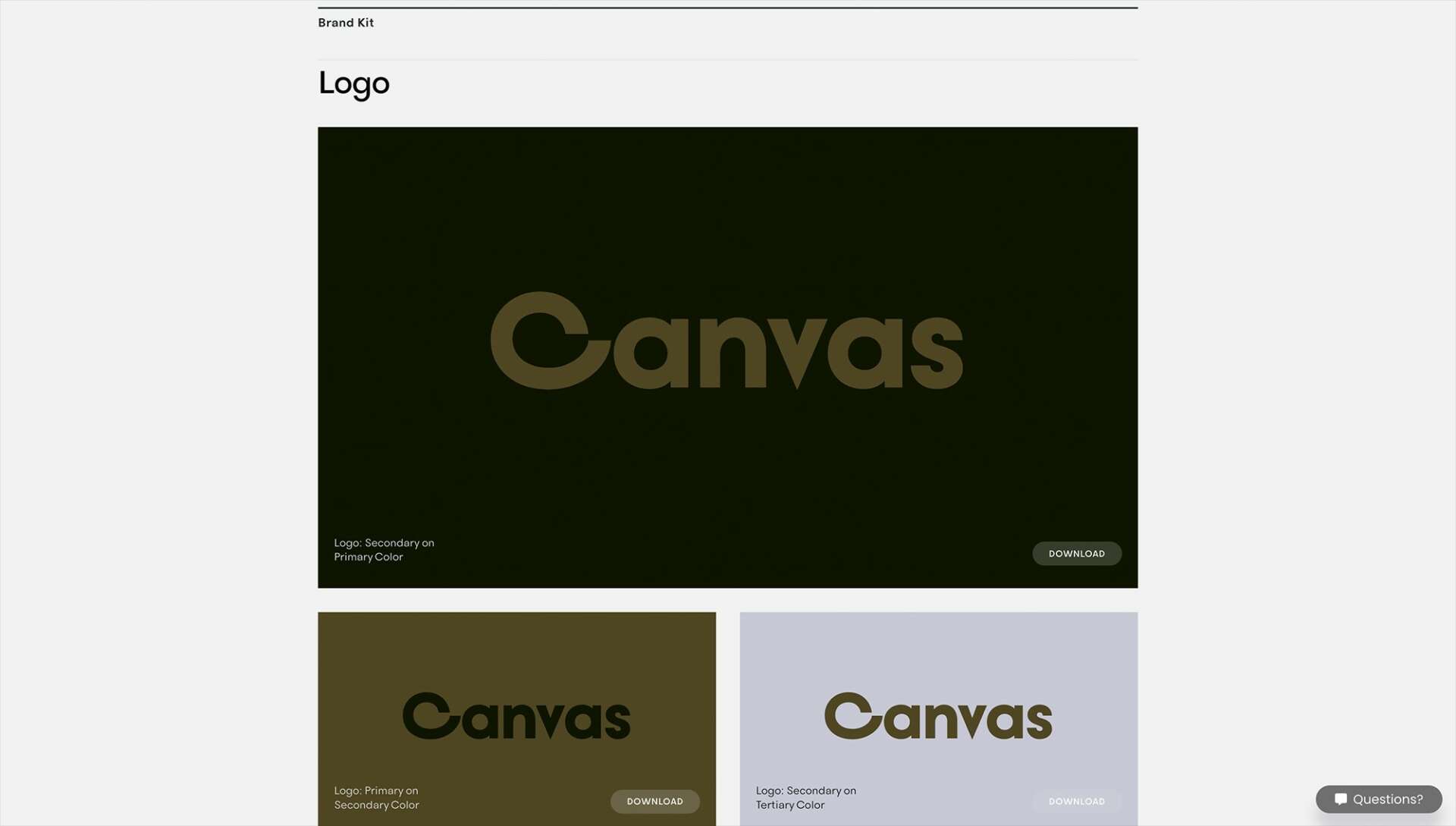We’re excited to introduce you to the always interesting and insightful Saskia Ketz. We hope you’ll enjoy our conversation with Saskia below.
Saskia, appreciate you joining us today. So let’s jump to your mission – what’s the backstory behind how you developed the mission that drives your brand?
I’ve always believed that corporate careers don’t serve most of us and that being an entrepreneur is a healthier life choice. When we build our own businesses, we create our own lives.
I’m running a design agency, but I’m very tech-oriented and have always wanted to create a product with potential to generate passive income. So as part of my market research, I started offering free office hours—usually a half-hour phone call for small business owners and startups to ask me questions on how to get their branding off the ground. While I couldn’t lower our agency rates to meet their small budgets, I also didn’t believe they should spend any money at this stage. Branding is rooted in positioning, but early businesses have a lot of pivoting ahead of them, and that changes the overall brand strategy.
That’s when I realized that I couldn’t be more helpful—being a designer, there was no DIY solution I could recommend. So I decided to create a website to share my design knowledge alongside design tools I built that help founders create logos, color palettes, typography, and basic marketing materials—the way I, as a designer, would make them.



As always, we appreciate you sharing your insights and we’ve got a few more questions for you, but before we get to all of that can you take a minute to introduce yourself and give our readers some of your back background and context?
Art, design, and typography have always played an essential role in my life. I was born in Germany, and my parents sent me to my city’s main art program at four. I learned how to draw, paint, and create sculptures from clay and soapstone. Later, I became more interested in brand strategy and advertising and got my MA in communication design in Berlin. During college—still, the days of Internet Explorer 5.5—a friend of mine was making websites. He nudged me to get into Html and CSS so he wouldn’t have to tediously translate my print into online layouts. This was my entry point into coding.
We had a network of creatives and coders, and we worked on fun projects together—for Ikea, Timberland, and the French/German Arte TV.
I met my now-husband, a developer and successful entrepreneur, in Berlin, and after dating long-distance for a couple of years, I moved to New York City and started working for a tech startup. Besides meeting many amazing people there, I also learned a lot about building a product—and company—from scratch. I learned about raising money, PR, creating an SEO strategy, newsletters, and designing and coding an app.
After a few years, I wanted to get back to what I do best: working for myself. So, with a team of freelancers, I started my agency in NYC, working with startup clients and Netflix for show branding and billboards.
When I began building Mojomox, the DIY app I mentioned earlier, I wanted to create something different from the logo makers that were already out there. So I first focused our tool on designing wordmarks: a modern logo made with a brand name in type without any symbols. It’s been a fun process—I get to design all of the fonts at lightning speed! The typefaces mix and match, and so do the letters that people use to create their wordmarks through the app.
Everything we’ve built is based on user feedback, and it’s been a rewarding experience so far. People write in saying that they spend hours in the app. Ironically, our homepage headline says that you can make an amazing logo in five minutes.
We often hear about learning lessons – but just as important is unlearning lessons. Have you ever had to unlearn a lesson?
I’m a product person at heart and always want to jump in and create something. It’s easy to have ideas, and it’s even easier to get lost in researching options on how to puzzle the design and tech pieces together to turn ideas into reality.
So many projects of mine ended up in the bin—an automatic asset designer, brand strategy forms, and a hosted drag-and-drop brand guidelines builder, to name a few—I put in lots of hours. Still, regarding the business portion of the project, I didn’t learn much.
Building the lean way has been a core principle I had to embrace. To be successful, you must validate your idea by selling it as quickly as possible—before actually coding anything. And that also means reaching out to people you want to build for. Then, if you never hear back, you know it’s not an important enough problem for them, and it’s a good indicator that you might be headed in the wrong direction. On the other hand, if you do get them to chat with you, you learn things you never considered before. I’ve talked to hundreds of people and still am every day—users can text me directly through our site.



How did you put together the initial capital you needed to start your business?
As not everybody is in the lucky position to get funding based on a deck, “building lean” is the only way to create a healthy business.
From the beginning, I created something where I could do most of the work myself. Besides that, I’m fortunate to have a husband who’s a developer and who’s willing to help me.
However, the silver lining of not having any technical skills is that it forces people to sell something that doesn’t exist yet first. For that, you don’t need any funding. Once you have a few committed customers, they will fund you because you’re giving them something of more value in return.
Once we had a basic version of our product, we put it up on software marketplaces. While there’s a lot of controversy around giving your app away as a lifetime deal, AppSumo was a great financial support early on. Depending on the deal structure you pick as a partner, you can make between a couple thousand to tens of thousands of dollars a month.
If you’re building a business this way, you’ll stay your own boss without having to report back to investors. I’m running a tight ship financially, and I like it. It’s freeing to do whatever work you can yourself and not have to throw money at marketing experiments and design improvements that don’t move the needle. For every dollar earned, I know exactly what I’ll do with it.
Contact Info:
- Website: https://mojomox.com
- Linkedin: https://www.linkedin.com/in/saskiaketz
- Twitter: https://twitter.com/SaskiaKetz
- Youtube: https://www.youtube.com/@Mojomox
- Other: Font studio: https://fonts.mojomox.com
Image Credits
Photo of Saskia Ketz by Lauren Damaskinos. Images of design work and screenshots of app courtesy of MMarch NY and Mojomox.


